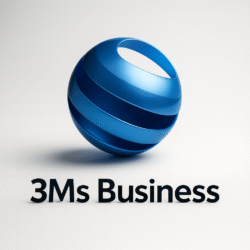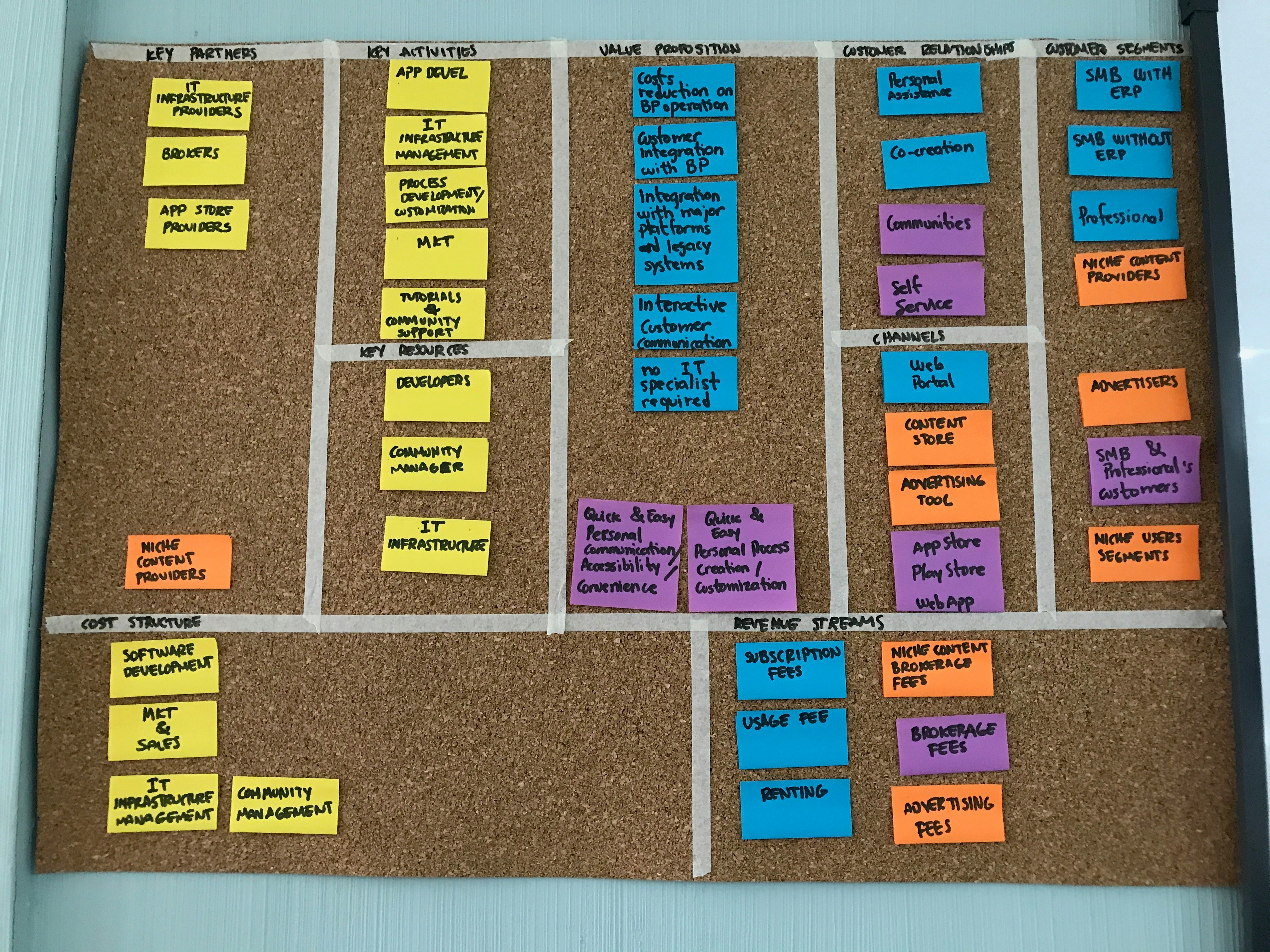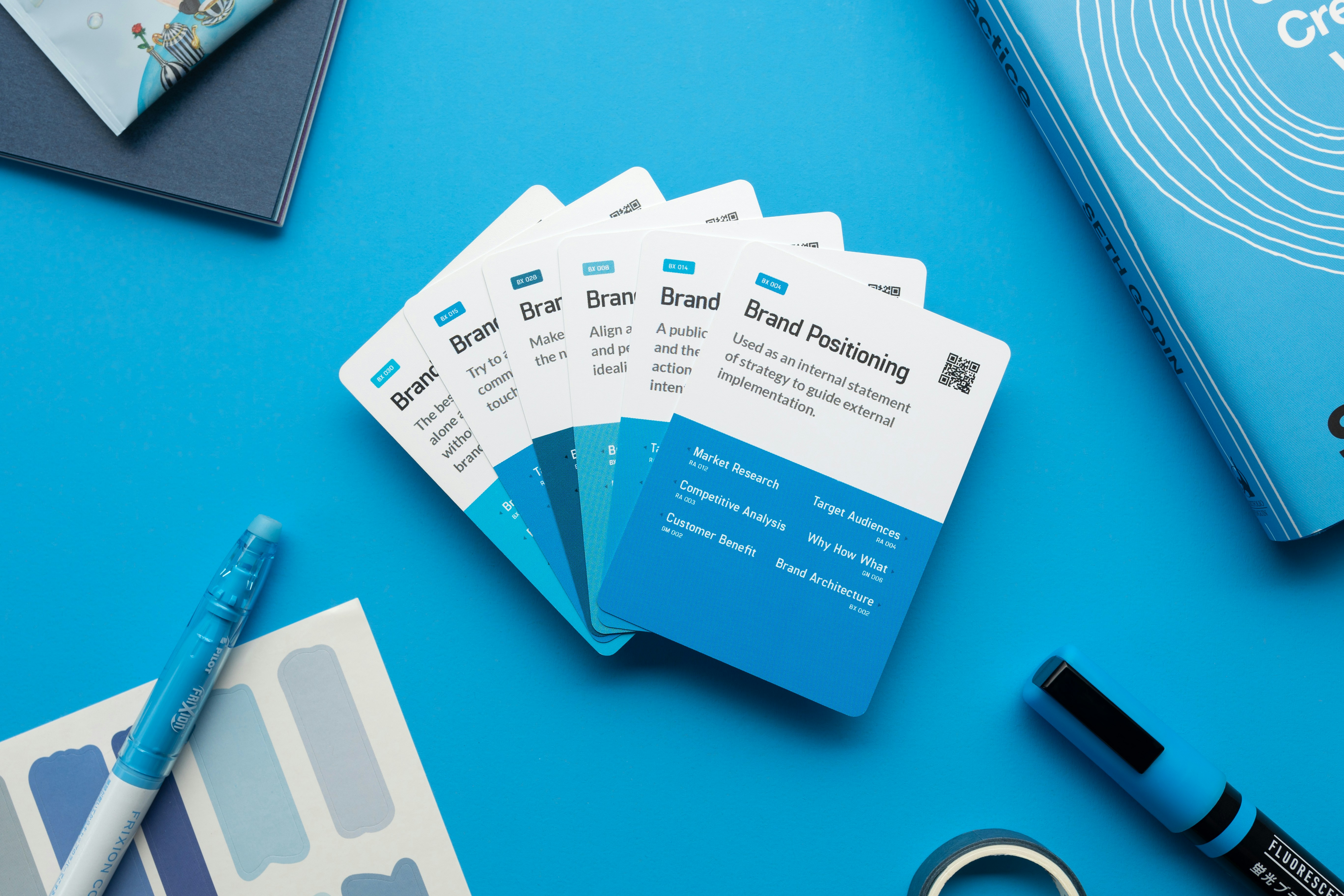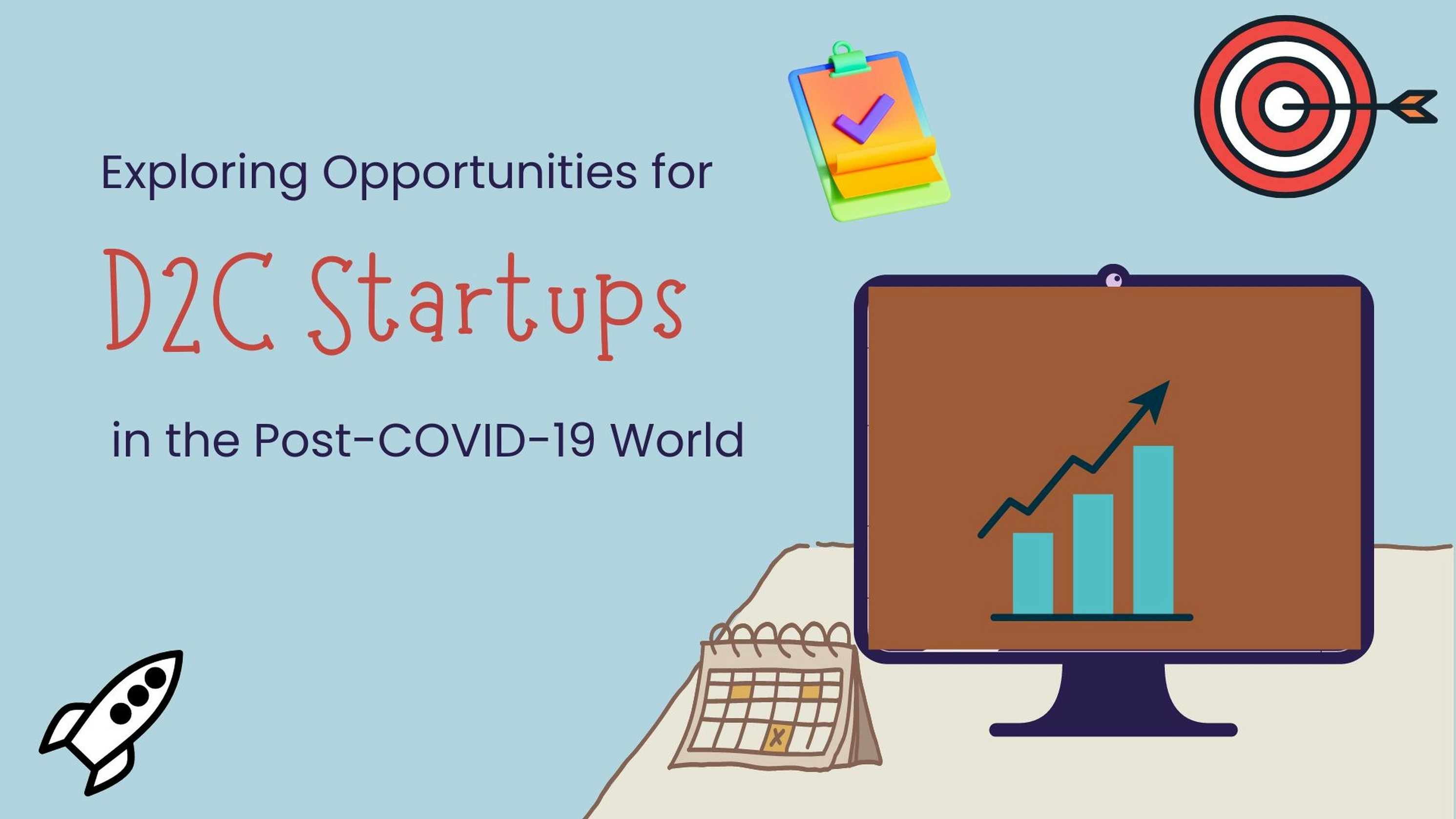Introduction: Why Discount Discipline Matters
Businesses in competitive markets have only one response when their sales decline: they reduce their prices. Customers will find discounts appealing because they lead to more customers who will drive up revenue levels. But here’s the problem—this “race to the bottom” rarely ends well.
Over-discounting leads to reduced profit margins while damaging brand value through devaluation and trains customers to accept cheaper prices. This approach leads to discount discipline. The method helps organizations avoid impulsive price reductions to create a strategic pricing system which unites customer acquisition with brand worth and sustainable profitability.
Mastering discount discipline represents a growth strategy for founders and CEOs and CFOs and senior staff members because it protects your brand’s market position.
The Psychology of Pricing and Perceived Value
The process of pricing extends beyond numerical calculations. It’s about perception.
People normally link elevated product prices to higher product quality standards. Research conducted by Harvard Business Review shows that consumers believe more costly items deliver greater reliability even when these products share identical features. Your product credibility will suffer when you reduce prices excessively.
Your business should set prices that reflect the value delivered to customers rather than production expenses. Determine what your product or service produces as its final result. Price that value, not the cost of production.
Example: Luxury vs. Commodity
Hermès luxury fashion houses refuse to provide discounts for their fundamental products. The company’s disciplined pricing approach protects its exclusive position and brand strength.
The pricing competition of printer paper commodities results in very narrow profit margins because they compete mainly through price.
The lesson? A brand that presents value as its core value requires disciplined pricing to build stronger market presence.
Why Over-Discounting Damages Growth
The immediate increase from discounting sales leads to substantial long-term financial losses for businesses.
- Margin Erosion – Every dollar discounted is profit lost. According to Bain & Company research a 1% improvement in pricing generates an 11% increase in operating profits.
- Customer Conditioning – Shoppers learn to “wait for the sale.” This delays purchases and undermines loyalty.
- Brand Devaluation – Constant discounts signal desperation. Instead of perceived value, customers see low cost.
- Competitive Spiral – If one player discounts, others follow. The consumer receives the benefits from discounts yet remains unloyal to any single brand.
Case Study: JCPenney
The implementation of JCPenney’s “Fair and Square” initiative served as a prime example of this phenomenon. Customers stopped making full-price purchases because JCPenney maintained continuous discounting policies for multiple years. The removal of discounts at JCPenney resulted in decreased sales while destroying customer trust. The brand needed to spend significant funds on rebranding efforts to regain customer trust.
A Pricing Strategy Which Goes Beyond Discounting
The most successful pricing strategies work to maintain a balance between revenue and profit along with customer perception. Let’s explore key approaches:
- Value-Based Pricing
Your pricing decisions should reflect how customers value your products instead of focusing on your production costs. Salesforce and similar tech companies find success by focusing on productivity and growth outcomes instead of product features in their pricing model.
- Tiered Pricing
Your business should implement different pricing segments to reach various customer groups while maintaining the value of your offerings. The SaaS firm HubSpot employs a pricing system with “Starter,” “Professional,” and “Enterprise” tiers to achieve maximum market reach.
- Dynamic Pricing
AI-powered analysis of data enables businesses to perform real-time price modifications. Successful applications of this strategy can be observed in airlines and ride-sharing platforms such as Uber.
- Psychological Pricing
Price strategies that include charm pricing ($99 instead of $100) along with bundling techniques help boost sales without lowering core product costs.
- Selective Discounting
When discounting becomes necessary it should be implemented according to strategic plans.
- Offer limited-time bundles.
- Provide loyalty rewards.
- Use first-purchase discounts for acquisition, not retention.
Advanced Strategies: Strengthening Discount Discipline
The pricing strategy of executives should maintain alignment with their organizational growth plans:
Subscription Models generate recurring revenue streams which reduce companies’ dependency on discounting practices. The streaming services of Netflix and Spotify deliver ongoing value to customers without depending on periodic sales promotions.
Businesses should grant exclusive member benefits to customers instead of cutting prices to enhance brand value. The approach enables value delivery without damaging profit margins.
- Price Fencing – Differentiate segments without blanket discounts. For example, student or nonprofit pricing tiers maintain full price integrity for standard customers.
- Bundled Value – Package complementary services together instead of lowering prices. Adobe Creative Cloud is a classic example—bundling tools for perceived savings without heavy discounting.
Case Studies: Disciplined Pricing in Action
Apple’s Premium Discipline
The company Apple does not provide any discounts to its flagship product sales. The company uses controlled resale channels to deliver value to customers through their trade-in program. The company maintains exceptional market leadership through pricing power that enables outstanding profit margins which demonstrate the effectiveness of discount discipline.
Tesla’s Dynamic Adjustments
The company adjusts prices according to market conditions but does not reduce prices throughout its product lines. The organization maintains selective price adjustments that defend profitability while adapting to worldwide market trends.
Costco’s Loyalty Model
The company operates on a membership-based pricing system instead of regular promotions and discounts. The company uses pricing discipline to retain customers while delivering bulk purchase value.
Southwest Airlines’ Consistency
Southwest Airlines keeps its pricing structure simple by avoiding complicated discounts and hidden fees. Customer trust grows because of this pricing transparency which prevents the company from engaging in price competition with other airlines.
Starbucks’ Premium Everyday Positioning
The competitive coffee market does not influence Starbucks to reduce beverage prices. The company invests resources into developing customer experience and store atmosphere and loyalty programs instead of offering discounts. The approach enables the company to maintain healthy margins while building brand value.
Implementing Discount Discipline in Your Business
Senior leaders can enforce pricing discipline by following these steps to avoid losing customer loyalty:
Step 1: Define Your Value Proposition
Establish what features create value for your product that justifies its price point. Price your products based on ROI and unique outcomes instead of focusing solely on features.
Step 2: Set Guardrails
Internal discount policies should be established to define price reduction boundaries. The company should establish a 10% discount limit for strategic accounts and seasonal marketing promotions.
Step 3: Empower Sales Teams
The training program for your sales team should focus on teaching them to demonstrate value instead of focusing on price points. The organization should offer customers tools which include ROI calculators along with whitepapers and customer success stories.
Step 4: Monitor Customer Behavior
The behavior of customers can be tracked through the use of Google Analytics together with HubSpot and brand monitoring tools.
Step 5: Leverage Certification and Trust
Premium pricing becomes more justifiable when you show certification awards and third-party endorsements. The addition of ISO certification alongside Forbes Fastest Growing Company recognition strengthens your brand credibility.
Step 6: Test and Refine Continuously
You should perform A/B tests with pricing pages and discount campaigns and loyalty programs. AI-driven platforms can reveal how small adjustments improve revenue and retention.
Step 7: Communicate Pricing with Confidence
Avoid apologizing for price points. Your sales teams need training to present value by explaining both the financial savings and operational efficiency and exclusive access customers gain. The confidence displayed during communication stops customers from requesting price reductions.
Internal Links for Further Reading
-
Outbound References
SEO Best Practices in Action
- Focus Keyphrase: discount discipline
- Synonyms/Related Terms: pricing strategy, price discipline, race to the bottom, value-based pricing, profitability.
- Alt Attributes (example): “Chart showing discount discipline vs. race to the bottom pricing strategy.”
Key Takeaway
A strategic approach to discounts forms the core of discount discipline rather than complete avoidance of discounts. Businesses that enforce pricing discipline develop stronger brands and maintain healthier margins which leads to extended growth.
The bottom price competition cycle leads businesses to burn out and earn minimal profits. The right leaders choose to stop running their businesses to develop pricing strategies that both protect profitability and build customer trust.
Books form Amazon must read for Founder, Co-founder, Ceo,, CFO, COO
























